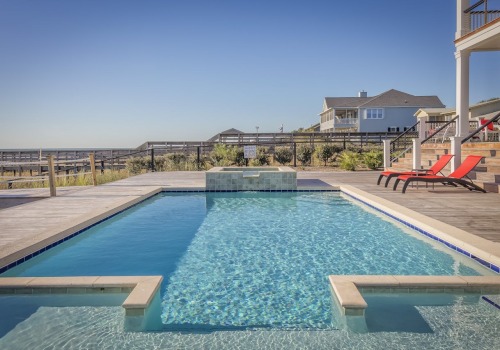Transitioning to energy-efficient lighting is one of the simplest yet most impactful upgrades homeowners can make. Traditional incandescent bulbs may seem inexpensive at first, but they consume significantly more electricity and burn out much faster than their modern counterparts. In contrast, energy-efficient options such as LEDs (light-emitting diodes) and CFLs (compact fluorescent lamps) use up to 80% less energy and can last up to 25 times longer. This not only reduces your electricity bill but also lessens the frequency of bulb replacements, making it a win for both your wallet and the environment. As sustainability becomes a bigger focus in homeownership, lighting is an easy and effective place to start.
Understanding Your Options
Today’s market offers a wide variety of energy-efficient lighting solutions, each tailored to different spaces and needs. LEDs have emerged as the go-to choice due to their durability, brightness options, and versatility. They work well in everything from recessed ceiling fixtures to table lamps and even outdoor security lighting. CFLs are another energy-saving option, although they are less popular now due to slower startup times and mercury content. Smart bulbs are also gaining traction, allowing homeowners to control brightness and color temperature via smartphone apps or voice assistants. These bulbs not only save energy but also enhance convenience and personalization in your living spaces.
What to Consider Before Buying
Before replacing your entire home’s lighting, it’s important to evaluate a few key factors. First, check the lumen output rather than watts—lumens measure brightness, which is more relevant with energy-efficient lighting. Next, choose the right color temperature for each room. For instance, warm white (2700K–3000K) creates a cozy ambiance in bedrooms and living rooms, while daylight (5000K–6500K) works better in kitchens, bathrooms, or workspaces. Dimmable features and compatibility with existing fixtures or smart systems should also be considered. While energy-efficient lighting may have a higher upfront cost, the savings over time make the investment worthwhile.
Long-Term Benefits Beyond the Bill
The benefits of switching to energy-efficient lighting go far beyond reduced utility bills. These bulbs generate less heat, which helps maintain a cooler indoor environment, particularly useful in warmer climates or during the summer. They also contribute to lower carbon emissions, supporting a more eco-conscious lifestyle. Homes outfitted with energy-efficient systems tend to attract environmentally minded buyers and renters, boosting market appeal. In new builds or remodels, incorporating efficient lighting can even help meet energy codes and green building certifications. For custom home builders like Ballard Custom Homes, integrating energy-efficient lighting is not just about savings—it’s about creating homes that are smarter, more sustainable, and aligned with modern living expectations.
Making the Switch Seamlessly
Upgrading to energy-efficient lighting doesn’t need to be overwhelming. Start by replacing the most frequently used bulbs in common areas like kitchens, bathrooms, and hallways. From there, work your way through the rest of the house. Keep in mind that certain fixtures may benefit from more specialized solutions—such as moisture-resistant LEDs for bathrooms or motion-activated lights for outdoor areas. Consulting with a lighting professional or your builder can help streamline the process and ensure optimal results. As technology continues to advance, energy-efficient lighting will only become more accessible and affordable, making now the perfect time to make the switch.
A Brighter, Smarter Home Awaits
Switching to energy-efficient lighting is a small change with big payoffs. Whether you're renovating, building a new home, or simply upgrading a few fixtures, the shift improves comfort, reduces energy consumption, and enhances your home’s value. With the right choices and a thoughtful plan, you can enjoy a well-lit, eco-friendly home that meets both your aesthetic and functional needs.







